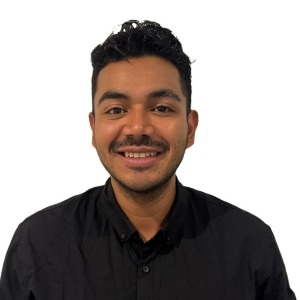Title : Intensified microalgal biomass production in HRAP using nutrient-rich wastewater
Abstract:
The dual use of microalgae for phytoremediation and biomass production for sustainable biofuel generation presented a promising alternative. High-rate algae ponds (HRAP) have been removing nutrients for decades, but their full potential in wastewater treatment is not yet exploited. Typically, only inputs such as CO₂ as a carbon source and to control pH, air to remove oxygen and make-up water are added. Meanwhile, the global rise in liquid, gaseous, and solid waste generation posed significant environmental challenges with serious implications for climate change. Converting this waste into bioenergy and valuable bioproducts through recycling or recovery emerged as a viable solution. In this context, integrating wastewater bioremediation with biofuel production from microalgal biomass enabled the transformation of waste into renewable energy sources. This study shows that using waste streams to grow microalgae can improve the cost, sustainability and efficiency of microalgae biofuel systems. The waste streams involved in this process included bovine-origin digestate, OFMSW (Organic Fraction of Municipal Solid Waste) digestate, and human urine. All these mixtures contained wastewater from the university's treatment plant and water from the Xochimilco canals in Mexico City. This strategy aimed to enhance microalgal biomass production. We evaluated the integration of wastewater and waste stream treatment using a microalgal consortium (Desmodesmus sp., Scenedesmus obliquus), which resulted in intensified microalgal biomass production (1.2 - 1.5 gTSS/L).
Building upon these results, the study focused on exploring alternatives to further increase the production of microalgal biomass and biocompound (carbohydrates, lipids, proteins). The intensification strategies included the liquid fraction from the anaerobic digestion of cow manure and OFMSW, along with human urine. This approach was tested in a 30-liter high-rate microalgae pilot reactor.



